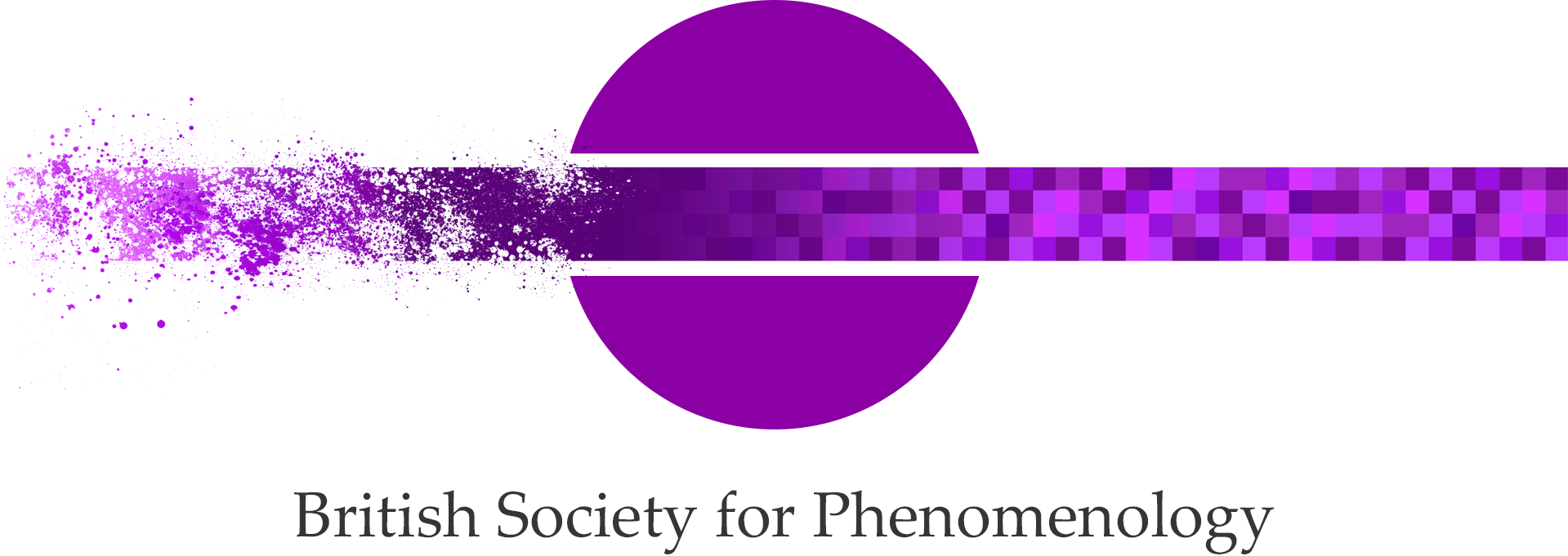Notice of an extended deadline to a call for papers for Studia Phaenomenologica, guest editors Christian Ferencz-Flatz & Delia Popa.
Studia Phaenomenologica vol. 22 (2022): ‘Gestures’
Guest Editors: Christian Ferencz-Flatz & Delia Popa
In recent years, gestures have moved into the center stage of theoretical interest. Prepared by various forays in the field of psychology, sociology, anthropology, and linguistics, which led to an increased focus on non-verbal communication and situated interaction, the contemporary study of gestures mobilizes an impressive research effort. Under the label of gesture studies, it involves a variety of methods: from ethnomethodology and conversation analysis, to neurocognitive inquiries, psychology, linguistics and ethnographic study. Given that all these approaches share a special interest in microscopic detail, facilitated by the audiovisual recording of human behavior as the preferred way of deeming it analyzable to the smallest bit, the above-mentioned disciplines were also joined lately by film and media studies. If one follows certain contemporary philosophers, images themselves are nothing but reifications of gestures, preserving something of their dynamism, while the cinema returns the image to the “realm of gestures” and dance makes gesture visible as a “means without end.” What is striking in these effervescent debates, however, is the almost total absence of phenomenology.
This is all the more surprising since phenomenology seems to hold excellent promise for the study of gesture. For one, bodily interaction and expression play a key part within the phenomenological tradition, especially in its treatment of intersubjectivity, which is one of its most persistent and fertile topics of interest. By focusing on the intertwinement between the possibilities of my body and of the bodily other, and on situations of immediate face-to-face interaction as grounds for the further clarification of more complex forms of sociality, the phenomenology of sociality seems particularly well-equipped for addressing the phenomenon of gesture. Moreover, phenomenological reflections on issues such as intercorporeality, or more recent accounts of the communicative relationship between human corporeality and the phenomenal world, not to mention the phenomenological analyses of language, expression, and bodily action, promise to advance fundamental insights into the phenomenon of gesture. Finally, genetic phenomenology, understood as a dynamic complement of static phenomenological analysis, allows for further investigations of the varied historicity of gestures. As such, it could help unearth their sedimented habitualities, cultural rituals and social imaginaries, which are not stable, but continuously evolving.
The 2022 issue of Studia Phaenomenologica aims to make up for the neglect of phenomenology in the contemporary study of gestures. As such it welcomes contributions dealing with (but not limited to) any of the following topics:
> accounts of gesture in the phenomenological tradition: Gebärde in Husserl and Heidegger, gesture in between expression and indication, bodily expressions in the phenomenological debates on intersubjectivity (Scheler, Stein, Merleau-Ponty, Richir, and others), gesture and language;
> interpretations of gesture in relation to various major topics of phenomenology: affect, memory, phantasy, action, language, body schema, kinaesthesia, situation, habit, sedimentation, volition, etc.
> phenomenological readings of key philosophers of gesture: G.H. Mead, W. Wundt, V. Flusser, G. Agamben, and others.
> methodological questions concerning the benefits of a phenomenological approach to gesture against the background of empirical methodologies involved in gesture studies, or in comparison or completion to contemporary research practices like multimodal analysis, video-analysis, etc.
> inquiries into the potentialities of genetic phenomenology for exploring hidden or latent sense implications of gestures; the historicity of gesture and body memory, the cultural archive of gesture and its transformation.
phenomenological descriptions and hermeneutics of particular types of gestures;
> phenomenological explorations of the importance of gesture in the performative arts: dance, acting, the cinema, gestural painting, etc.; gestures and media;
> phenomenological contributions to contemporary research on gesture-recognition technologies and human-machine interaction.
> phenomenological approaches to a politics of gesture, focusing on the political aspects, both implicit and explicit, of social actions, but also on the exploration of their infra-political dimensions; a phenomenology of gestures as a method that brackets the finality that is imposed on them (Schürmann), participating in a liberation of “means” from their “ends” (Agamben).
> phenomenological analyses of gesture as an integral part of the performativity of gender, both understood as a component of the social recognition of our identity and as an articulation of its historical and linguistic inscription (Young, Butler);
> discussions of gesture in relation to ”gestation,” seen as a creative phenomenological dynamism which allows for the production of new gestures, while developing human interactions (Gebärde/Gebären).
EXTENDED DEADLINE: January 15, 2022.
Email address: [email protected]

